When visions change the world
TEXT Maike Held & Franziska Hapke PHOTOS Romolo Tavani
01
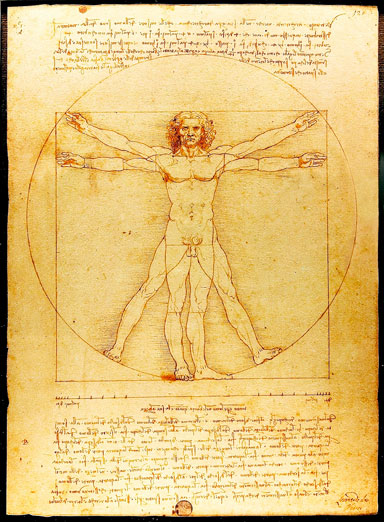
Leonardo da Vinci (1452–1519) was what we would call a multi-talented man. He was a great artist who created famous paintings like the Mona Lisa or The Last Supper. However, he was also an engineer and a designer whose inventions include a tank, a diving suit for underwater combat and a parachute.
02
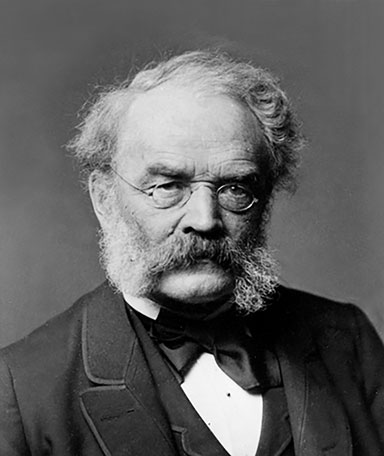
In 1866, Werner von Siemens discovered the dynamo-electric principle on which he based one of the first electric generators. Since then, he has been regarded as the founding father of electrical engineering.
03
This year sees the 95th anniversary of the electroencephalogram (EGG) which, to this day, helps modern brain research to gain new insights. The analysis of brain activities, for instance, allows to reconstruct and to reproduce a word a person just heard based on the measured brainwave curves.
04

In 1937, Alan Turing outlined his idea of a machine able to read and write zeroes and ones from a tape of infinite length according to a table of rules. The model of the universal Turing machine is regarded as the foundation of modern theoretical computer science.
05
As the Director of the Software Engineering Division of MIT, Margaret Hamilton was responsible for the development of the on-board flight software for the Apollo space programme. Her software saved the 1969 moon landing.
06

In 1980s/90s, Timothy Berners-Lee invented not only the HTML page description language but also the URL and the first browser called WorldWideWeb.
07
Craig Venter is a genetics pioneer who at the turn of the millennium achieved a scientific breakthrough with the sequencing of the human genome. Based on this, his new project, Human Longevity, not only aims to predict the likelihood of developing diseases but also to investigate the nature of our consciousness.
08
In 2004, Mark Zuckerberg launched Facebook, thus creating the world of social media. Initially, it was designed as a platform on which Harvard students could rank the attractiveness of their classmates. In the first few hours it was up, the site received 22,000 page views. In May 2018, the platform had 2.2 billion users per month and a market cap of approx. USD 540 billion.
09
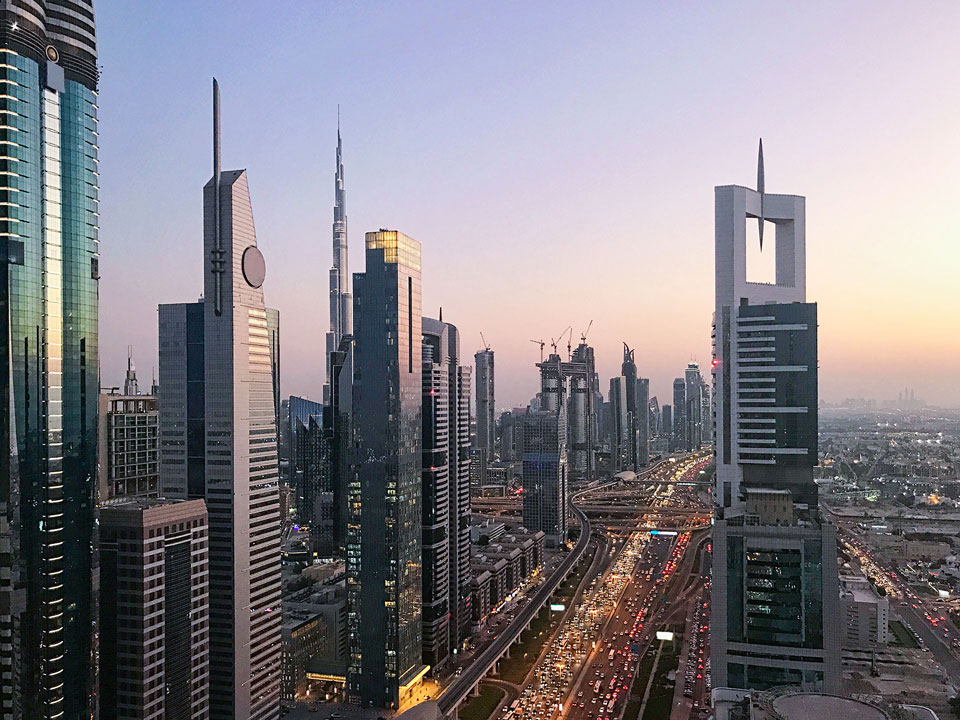
In 2016, a fully functional 3D-printed office building, including 3D-printed furniture and interior details, was opened in Dubai. Until 2030, at least 25% of all buildings in the desert state are to be constructed in the same way – allowing to reduce construction costs by up to 70%. Planning for the first 3D-printed skyscraper has already begun.
10
“Making life multiplanetary”: according to Elon Musk and the SpaceX futurists, it is only a matter of time now. The US aerospace manufacturer focuses on the colonisation of Mars and on space tourism. It is planned to send the first Mars tourist on a weeklong trip with a Big Falcon Rocket in 2023.
11
The Munich doctor Franz Pfister has developed an artificial intelligence system able to detect abnormalities in medical data. The aim is to directly alert doctors in case of an emergency, pointing them to the specific region to be examined. This spring, the prototype will be tested for the first time at the Klinikum rechts der Isar in Munich.
12
This invention could make the dreams of non-cooks come true: the British company Moley Robotics announced the launch of the world’s first robot kitchen – a kitchen with integrated robotic arms trained to prepare a range of different meals. The robot learned its skills from a star cook by means of a motion capture technology.

